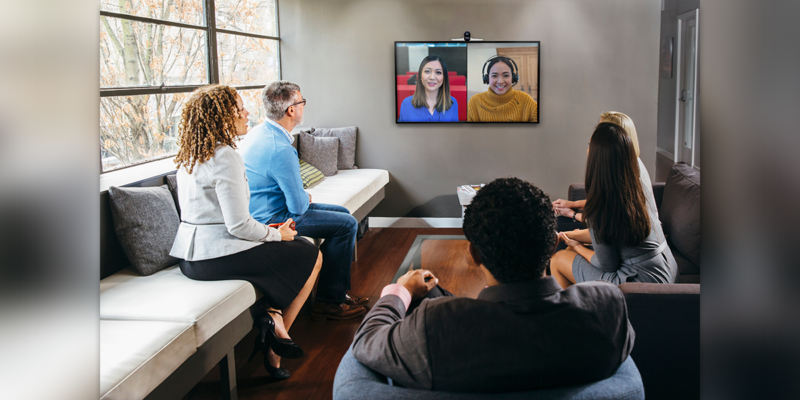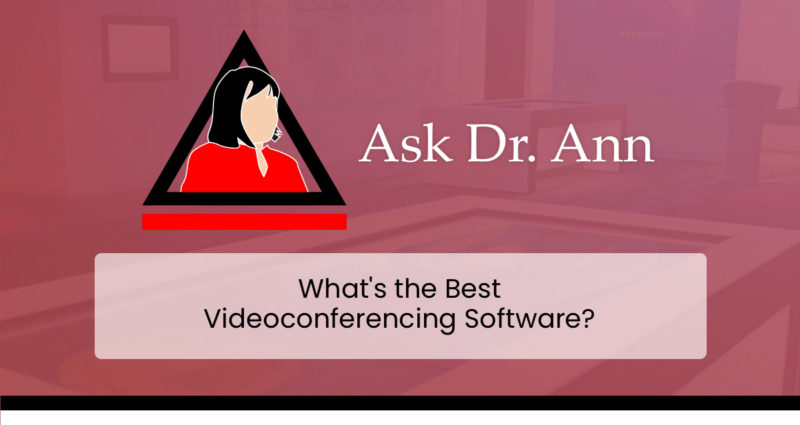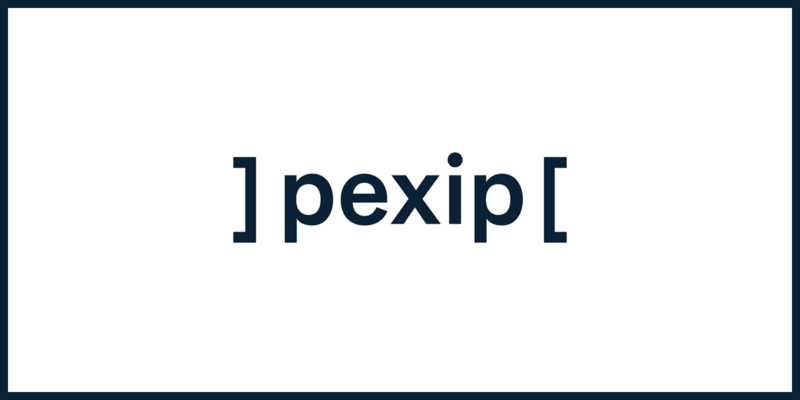What I Learned By Hosting 32 Sessions With Different Topics and Speakers During the Pandemic
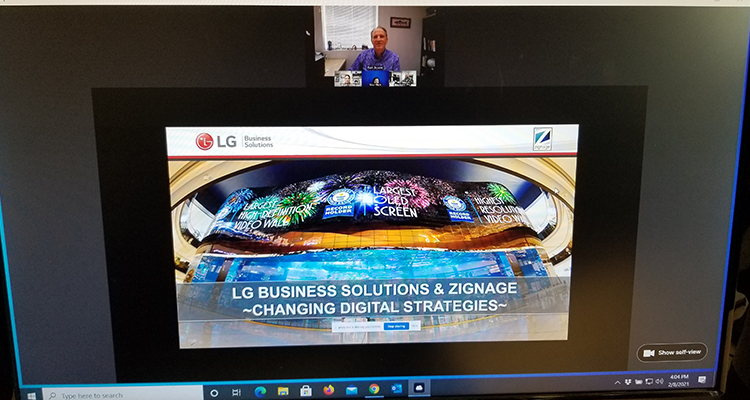
I formally joined Zignage (CMS software solution company) on Feb. 3, 2020, and attended ISE 2020 in Amsterdam from Feb. 10-12. On March 3, I attended the New York Build 2020 Expo at the Javits Center and continued going into New York City for meetings — March 9 (my office) and March 12 (small vendor show hosted at a NYC hotel). I believe that non-essential businesses in NYC went into lockdown starting the week of March 16 — so, I had to quickly figure out how and what I was going to do since I just joined a new company. Fortunately, I had started the process of working with some integrators, manufacturers and consultants on several opportunities through 2020, and some continue into 2021 and beyond.
Purpose
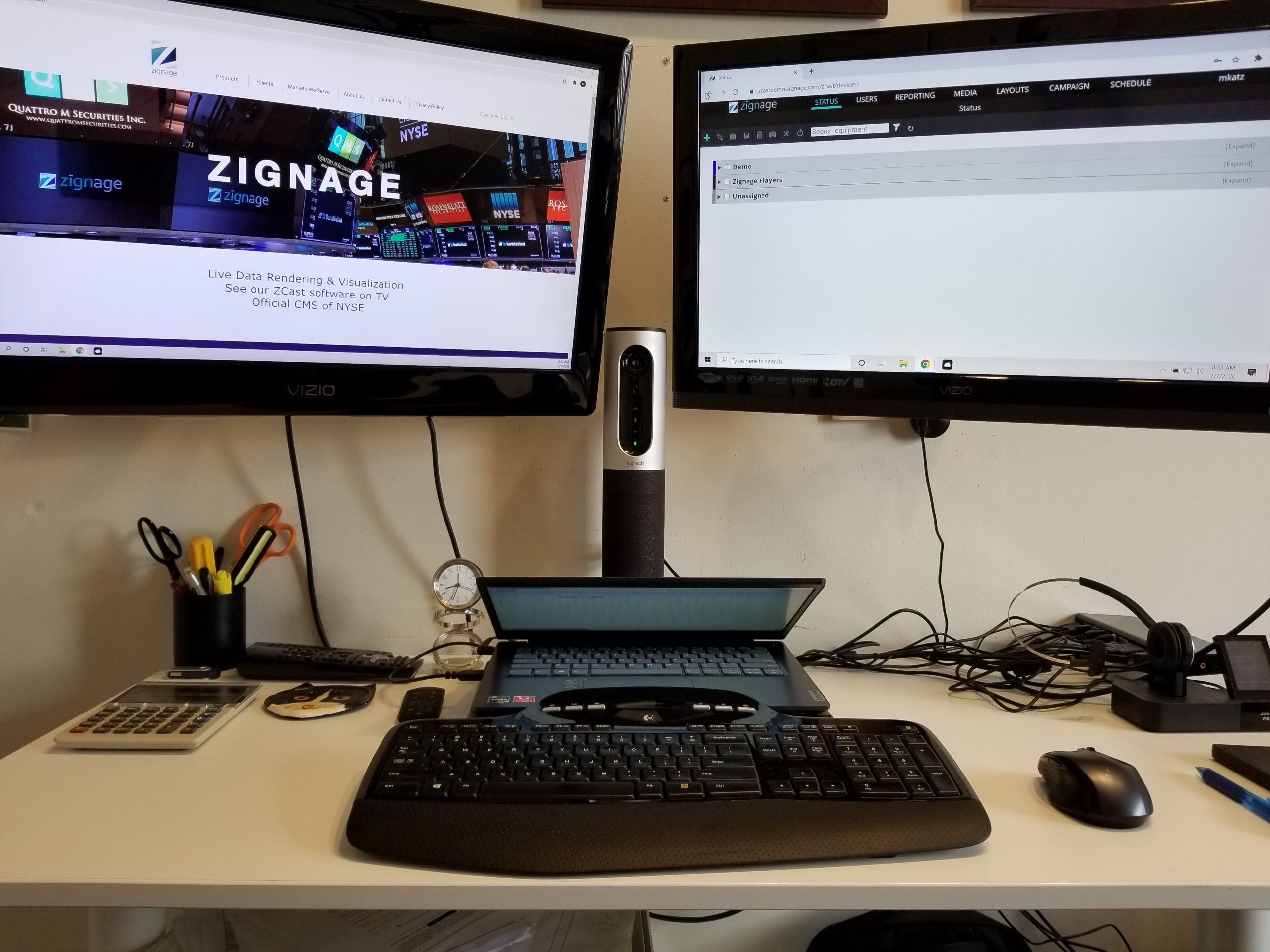
The author’s at-home “global command center.”
I thought that since I was extremely lucky in finding these projects that were still moving forward without delay, I can help people who may be in unusual situations (working from home or in some cases, losing their jobs). I had 12 years of experience with videoconferencing, and had already set up my “global command center” (see attached photo) in my home office with dedicated FIOS 75/75 megabit-per-second bandwidth, along with my own Pexip VMR license and a global contact list. So, I thought a good use of time would be to set up weekly 30-minute VMR sessions. The purpose is to provide my contacts with valuable information including the logistics of working from home. I would be the host, invite a single speaker for each session (they choose their own topic), send emails to my contact list and then send VMR invitations to get a group of attendees (20-25) for each session. This was a small enough group to enable each person to ask the speaker questions and hopefully interact with each other, especially if they had to find a new job.
Schedules
I knew that many people had challenges working from home (in many cases, their kids were home as well), so their normal weekly schedules were literally turned upside down. I realized that the best day to host my videoconference sessions is Wednesday; it helps break up the week. Also, a morning session and an afternoon session enables people to attend either or both sessions. I had to figure a way to not only get speakers with interesting topics, but also ensure every speaker looked and sounded good over video. So, I followed the six Ps — proper planning prevents piss-poor performance. I set up practice sessions for each speaker. This worked out extremely well — some initially had camera issues, audio issues, lighting issues and background issues. I gave each speaker as much time as they needed, typically from 1-3 practice sessions.
Format and Platform
I had to decide on the format and platform of my weekly sessions. Since 2008, I have participated in (and sold) many types of video formats: telepresence, video codecs, webcasts, webinars and virtual meeting room (VMR), which was the newest form of visual communication. For my purposes, and a total attendance of ~25 per session, I decided the VMR format would be most effective. After all, my goal was to have as much interaction as possible. Plus, this provided the opportunity for other people to utilize this format as well. By using this format, the speaker and I are the primary talkers during each session, so as we speak, our video goes full screen on the displays of the attendees. Also, the content shared by the speaker remains on the screen and each attendee can click on the speaker or presentation to make it larger on their display. Also, Pexip has a chat feature so I can see who joined the call and if anyone leaves the meeting early. Finally, attendees have the opportunity to ask questions and add comments via the chat section without interrupting the speaker, although some of my speakers encouraged interaction and would pause after a few slides so participants could ask questions.
Importance of Home Office Setup, VMR Call Preparation and Expectations
This became evident for not only my speakers, but for all the attendees as well. Some of the components for a successful VMR call include:
- Appropriate dedicated and stable bandwidth (wired connection and not wireless to your router).
- Only the VMR application to be open as the processor on a laptop could negatively affect the call if the processor works on other applications (open Task Manager to see which programs are running).
- People to mute their audio as they join the call (if anyone spoke or made noise, that person would go full screen). In the beginning of every session, I would suggest the chat button to ask a question or unmute to ask a question at the appropriate time which was when the speaker paused for any questions.
- Most of my speakers were already set up properly – relatively new laptop, with enough bandwidth, external camera system (mic and speaker) and dual monitors to look at their content on one screen (shared with the attendees on the VMR platform) and the video of the participants on the second screen. Some speakers had to increase their bandwidth, some had to fix their lighting, and another had to get a professional headset (better mic and speaker than their laptop).
- As a final appreciation for all the participants who attended, I would send an email to each speaker and copy all the attendees, thanking everyone for their time and participation as well as attach the speaker’s presentation and suggest everyone to feel free to interact with each other, without having to copy me (unless they wanted to).
- I created an email and sent to my contacts a week in advance who I thought would be interested in attending these sessions. I discovered a very interesting phenomenon during my April – July VMR Session Time Frame. After sending (approx.) 600 BCC emails each week, the response was little to none. However, I would send BCC VMR invitations to a smaller number of people (more focused on their responsibilities and possible topics of interest) between 150-200 contacts. I would then receive about 25% acceptance/tentative and about half of those would attend. After 32 sessions, I calculated that about 200 different people attended at least one of my sessions.
- This may be the most important part of my own experience with setting up and hosting VMR calls – to record or not to record, that was the question. I made an early decision not to record for a few reasons: Most of the speakers did not want to be recorded, I did not want to worry about any legal implications and I was concerned that if I did record a session, some of the attendees might not participate.
Thank you for your time and I hope you found this column interesting and helpful.
Here is another link to a list of keywords and definitions I’ve found helpful within the industry.



